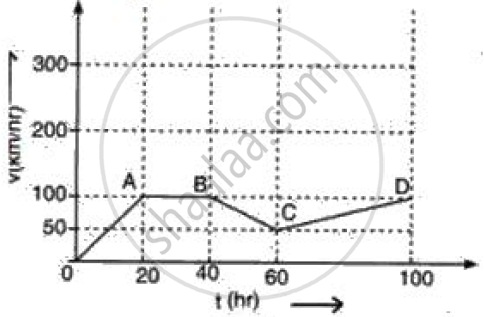Advertisements
Advertisements
Question
Fill in the boxes.
| S.No | First Move | Seconde Move | Distance (m) | Displacement |
| 1. | Move 4 metres east | Move 2 metres west | 6 | 2 m east |
| 2. | Move 4 metres north | Move 2 metres south | ||
| 3. | Move 2 metres east | Move 4 metres west | ||
| 4. | Move 5 metres east | Move 5 metres west | ||
| 5. | Move 5 metres south | Move 2 metres north | ||
| 6. | Move 10 metres west | Move 3 metres east |
Solution
| S.No | First Move | Seconde Move | Distance (m) | Displacement |
| 1. | Move 4 metres east | Move 2 metres west | 6 m | 2 m east |
| 2. | Move 4 metres north | Move 2 metres south | 6 m | 2 m north |
| 3. | Move 2 metres east | Move 4 metres west | 6 m | 2 m west |
| 4. | Move 5 metres east | Move 5 metres west | 10 m | 0 (same place) |
| 5. | Move 5 metres south | Move 2 metres north | 7 m | 3 m south |
| 6. | Move 10 metres west | Move 3 metres east | 13 m | 7 m west |
APPEARS IN
RELATED QUESTIONS
State whether distance is a scalar or a vector quantity.
A body is moving along a circular path of radius R. What will be the distance travelled and displacement of the body when it completes half a revolution ?
If the displacement of an object is proportional to the square of time, then the object is moving with :
From the displacement-time graph of a cyclist given below in the Figure, find The displacement from the initial position at the end of 10 s,

A motorbike running at 90 kmh−1, is slowed down to 54 kmh−1 by the application of brakes, over a distance of 40 m. If the brakes are applied with the same force, calculate
- total time in which bike comes to rest
- total distance travelled by bike.
Ashok starts from his house and travels 3 km to reach his school. On finding the school gates closed, he returns to his house. What is?
The distance traveled by Ashok.
The figure represents graphically the velocity of a car moving along a straight road over a period of 100 hours.
Calculate the distance travelled in the last 40 h.
Is displacement a scalar quantity?
A body is projected up with an initial velocity of u m/s. It goes up to a height, ‘h’ meters in seconds' time. Then it comes back at the point of projection.
Considering negligible air resistance, which of the following statement is true?
Displacement magnitude can be greater than the distance traveled by the object.
